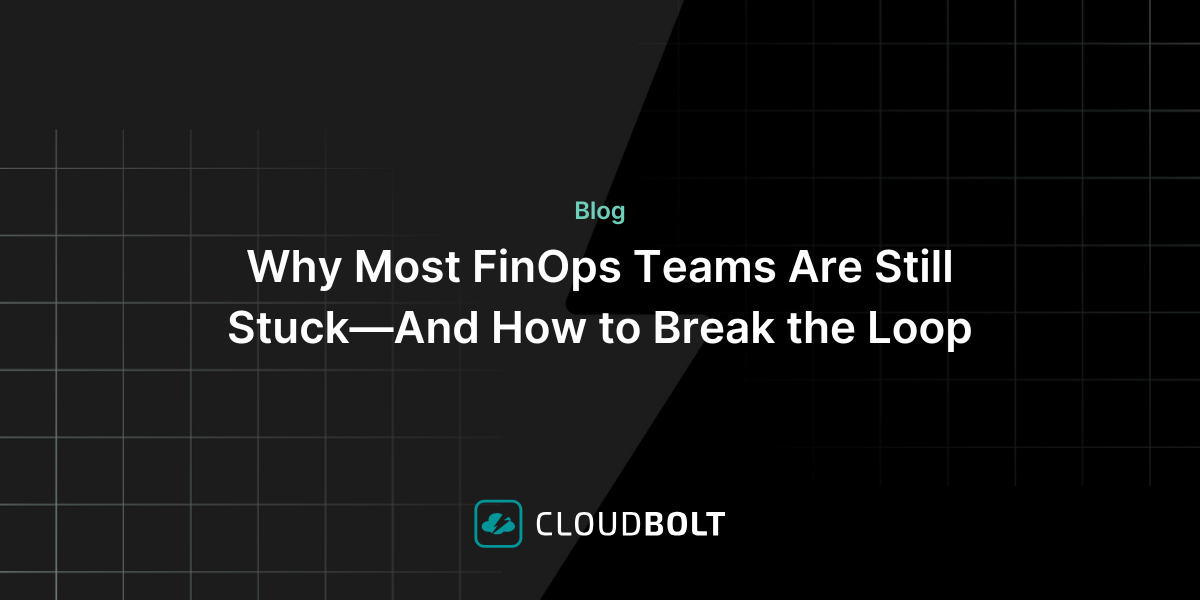Hybrid Cloud—Innovation on the Edges or Shadow IT?
“Shadow IT” no longer has the same negative connotation that it once had. For many organizations, activities that used to be hiding in the shadows are now, quite cleverly, part of the mainstream. These shadow IT activities were first perceived as “out of bounds”, but now provide significant value to the business bottom line.
A great example of this shift would be moving from on-premises file sharing in password-protected file servers to using file sharing apps like Dropbox, Google Docs, or Box. Remember when IT administrators would send out friendly reminders to purge directories from unwanted or outdated materials because they were reaching capacity? We also had to change our passwords every quarter and could not access the file share drives remotely unless we “tunneled in” through a VPN connection. These systems might still be around but many of us now use other systems.
In the spirit of productivity, a lot of us started using publicly available file sharing apps informally to avoid IT administrator controls. Before the public file sharing apps, we used to email a document to ourselves to work on at home and then upload it the next day. With free subscriptions to a certain amount of storage “in the cloud,” we found these file share apps easier to use. hey would also sync with any device we needed—including our work computers. Shhhh! Some of us thought they were so convenient that we paid a small price for them without issue. The convenience was far greater than the risk.
Some organizations, such as banks and government agencies, were not as open to this as employees were. Many IT departments in larger enterprises tried to enforce policies that banned the use of these file sharing apps as well as other Software-as-a-Service (SaaS) apps anywhere near the managed local area network (LAN). It was not only a matter of security, but also a matter of network performance. Transferring gigabytes of files across the LAN to and from the Internet to some cloud service caused network congestion in private networks that was not anticipated.
Eventually, these cloud providers offered enterprise-ready editions of their file sharing and collaboration tools and voilà—what was once shadow IT became the norm. Microsoft had an early start with their online edition of SharePoint, SharePoint was specifically designed for the enterprise at the beginning, whereas the others, not so much. First seizing on personal adoption, Dropbox, Google Docs, and Box now all have enterprise editions.
Hybrid Cloud and Shadow IT
Similarly, in a competitive enterprise environment, the race to innovate faster allures individual contributors to turn to self-service their infrastructure resources rather than going through their IT departments. Even whole business units within enterprise organizations have stopped going to central IT and prefer to align their business value directly with their budget wherever it makes sense. Public cloud providers such as Amazon Web Services (AWS), Google Cloud Platform (GCP), and Microsoft Azure seized on this opportunity. Anyone or any department within an organization with a credit card can secure enterprise-grade computing power from a public cloud provider in a matter of minutes.
This speed and agility definitely facilitates architecting new and improved applications and services. Moreover, bridging the old with the new to implement a hybrid cloud strategy so that on-premises infrastructure can be integrated with new initiatives in private and public clouds makes self-service even more compelling. Why not enable the convenient, self-service aspect of public cloud provider resources across the whole enterprise? In other words, provide access to on-premises and private cloud resources just as easy to end users as the public cloud. Go to a portal, log in, and grab your stuff.
The fast pace and inevitable complexity of offering so many resources from disparate sources introduce risks that must be balanced with control or IT governance. As DevOps engineers responsible for securing application development stacks go out on their own to secure IT resources, they must be careful not to make bad decisions without the support of central IT.
When IT projects like this fail, you can bet that IT leaders will likely play the shadow IT card. But it doesn’t have to be like that in today’s enterprises. Many IT leaders have turned to centralized platforms of self-service provisioning that empower users with easy-to-get IT resources without a lot of back and forth requesting and provisioning resources between IT and business units, end users, and others. IT administrators can build in the necessary governance and control while also providing the ease of use and immediate access to public cloud and on-premises resources that end users crave.
A centralized platform can help:
- Improve end-user productivity by providing a self-service IT portal instead of requesting and waiting for resources
- Control user access to IT resources that are managed on the backend by IT administrators
- Eliminate the need for specialized training and/or technology expertise for end users
- Facilitate innovation with readily available resources for development and testing
A little upfront planning will help end users innovate on the edges with their hybrid cloud strategies without succumbing to the throes of shadow IT.
CloudBold is an enterprise hybrid cloud platform with pre-built connections to the most common on-premises, private, and public cloud providers, as well as extensibility to any resources, so there’s no need to worry about the loss of control or governance as end users are empowered.
Ready to learn more? Request a demo!
Related Blogs

What We Learned at FinOps X 2025: From Dashboards to Decisions
At FinOps X 2025, one message echoed across sessions and conversations: FinOps is growing up. The scope is expanding. The…

